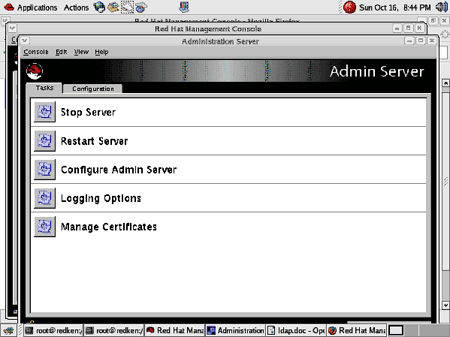
In simple terms , a DS is nothing but a database that stores and manages information about a company's hierarchy structure, which includes users, network resources, application data etc. This is a service that identifies all network resources and serves them to users and applications. Ideally , a directory servies acts as a transparent layer between the user and the company's IT resources . In the more complex cases, a directory services is the central information repository for a Service Delivery Platform .
Types of DS
Network Information System:

(Sun 's product)
A network naming system by Sun Microsystems to manage smaller networks. In later versions, better security options and other improvements were made. In NIS, each host server or client machine connected to the network have complete information of each other . And user, at any host, can access applications and files from any host within the network with single User ID and password. NIS has two components – server and client .The server runs the NIS services and the client runs client library program to get connected to NIS services. Designed for smaller networks and LAN.
Novell eDirectory:
(Novells Console One)
This is a product from Novell that enables LDAP (Light Weight Directory Access Protocol) with directory services to provide complete identity management. With this, organizations can manage security access and identities. Its core competency lies in providing secure identity management solutions and directory service administration on multi-platform network services. It can scale up to one Billion identities and manages all identities , resources, devices and policies of an organization. Also integrates with Red carpet and offers installs,updates and patches to multiple servers as well as clients.
RedHat Directory Services:

(Redhat Management console)
RedHat Directory Server, formerly known as Netscape Directory Server, is an LDAP based one that offers a centralized data store . It has an RHDS feature that allows four-way multi-master replication of data across a LAN and brings high availability and fail-over. It offers centralized management of people and their profiles that reduces costs. It also offers single sign-on access to connected resources.
Open Directory Services/ Apache Directory Services:

Open Directory Services from Apple uses open-source technologies ,like Open LDAP and Kerberos, for flawless interoperability with the other standards-based LDAP servers. The product can easily be integrated with the proprietary services ,such as MS Active Directory and Novell's eDirectory. Users can move between Windows and Mac, while using single sign-on access to directory-based system and n/w resources across all platforms. Coming to its reliability, it has highly scalable database, which further offers indexing of hundreds of user records for both high availability and performance.
Oracle Internet Directory :
Combines the strength of Oracle database and LDAP v3. This is an important module of the Oracle Application Server 10g management and security infrastructure. In addition,it offers high availability,security and Oracle Internet Directory's scalability features and is meant for online service provider implementations.
MS Active Directory :
Comes bundled with Win 2000/2003. Windows AD is LDAP compliant and is very easy to deploy and manage using Windows Management console .It supports interoperability between various directory services and can be integrated with most other directory service products. Using this, you can manage all IT resources from central locations.





No comments:
Post a Comment